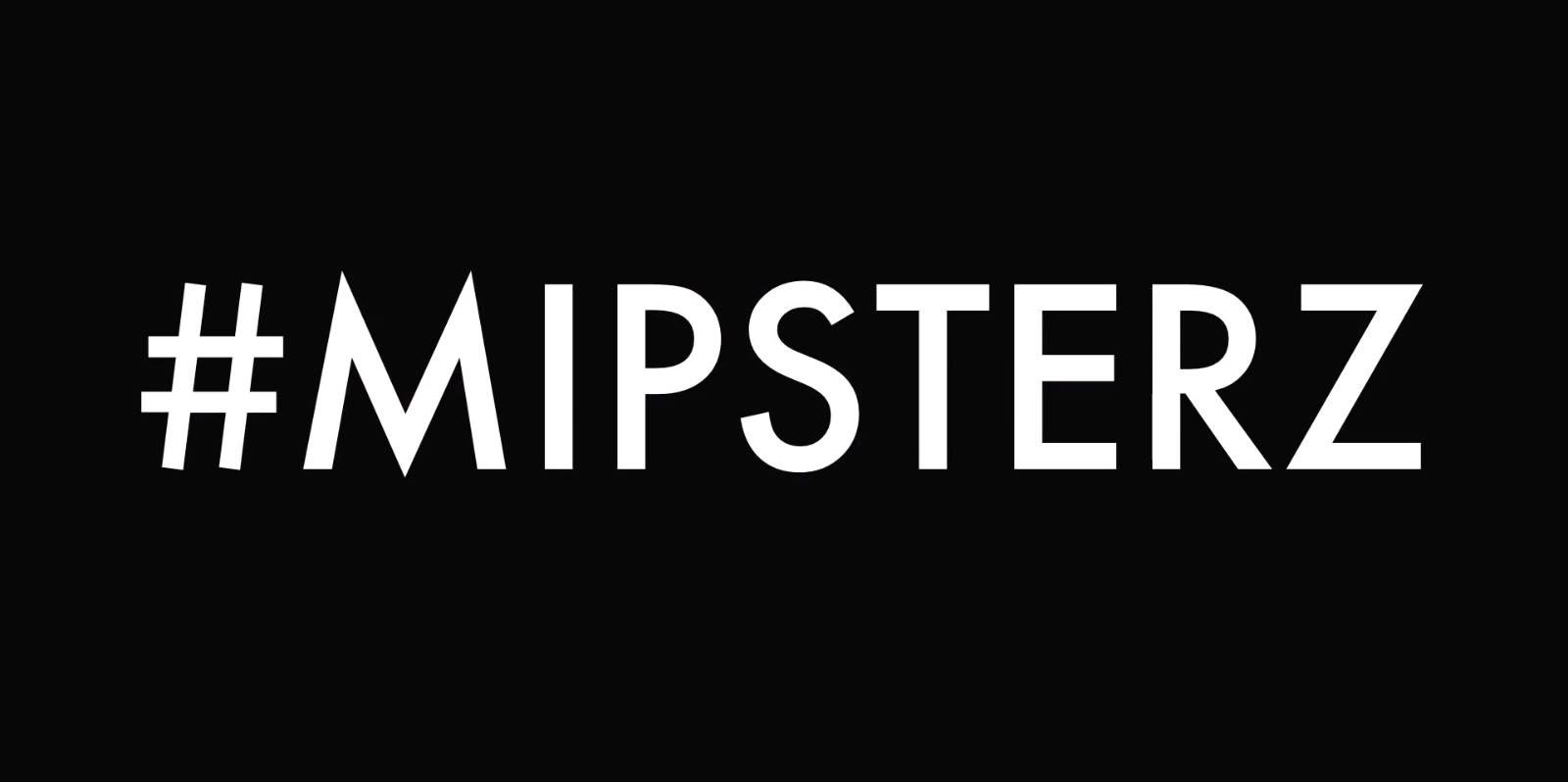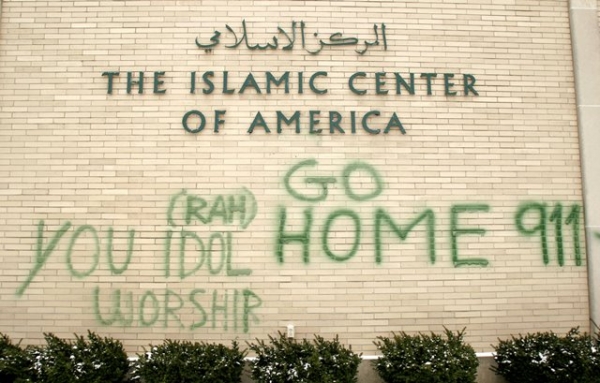A video about female Muslim hipsters–“Mipsterz”–recently went viral on Facebook, started by and further provoking a frenzy of commentary. “Somewhere in America” co-creators, Abbas Rattani and Habib Yazdi of Sheikh & Bake Productions speak to Altmuslimah about their motivations for the video and thoughts on the reactions.![]() Your video, “Somewhere in America,” has caused quite the uproar. Did you anticipate this sort of reaction?
Your video, “Somewhere in America,” has caused quite the uproar. Did you anticipate this sort of reaction?
AR & HY: We were aware that in seeking to produce any piece of art or media even tangentially related to Islam, and especially Muslim women, that we were going to spark conversation. However, we were definitely surprised at the extent of the different conversations this video created and the passion underlying them. Overall the response has been very positive, though we have been disappointed by some more personal attacks against the women who participated in the film. We would truly appreciate it if people refrained from harassing these women personally.
![]() What were you hoping to communicate through the video? What inspired it?
What were you hoping to communicate through the video? What inspired it?
AR & HY: We were inspired by the many amazing and powerful Muslim women we were meeting who were passionate about fashion and were curating very bold and beautiful styles that were honest and true to their personalities. We were also concerned that so little was being produced by and about our generation of American Muslims. We approached one of these women, a friend of ours who has asked that her name be withheld, with the idea of the video. She took charge as a producer and contacted a number of designers (including SixteenR – sixteenr.com) and a Muslim modeling agency, UNDERWRAPS, and talked to them about collaborating to create something true and fun and beautiful. Muslim women are too often portrayed in one dimension in the media, and we hoped that we could reflect the other dimensions that we observed and were inspired by in our friends. While we recognized and appreciated the social significance of what we were doing, we also just saw this as a lighthearted music video that we hoped would be fun and beautiful. Growing up, there weren’t many positive, inspirational images that we could look up to. We wanted young people to know that there were people like them out there and they could be cool just being themselves rather than feeling like they had to conform. We wanted to inspire others to feel they had a voice.
![]() The video now has a strong Muslim and non-Muslim audience (with posts on Jezebel and Buzzfeed), but has mostly stirred an intra-community discussion. Who was your intended audience?
The video now has a strong Muslim and non-Muslim audience (with posts on Jezebel and Buzzfeed), but has mostly stirred an intra-community discussion. Who was your intended audience?
AR & HY: We really hoped that this could be something that a wide audience could appreciate and enjoy. Hip-hop music and great fashion are quite universal in their appeal in the United States. We are aware that this video is going to mean something different to a young Muslim girl than it will to a white college student – but we think this is something that can be powerful and fun for either.
![]() How was the concept for the video decided (style and audio)? There’s been strong criticism of your choice of a controversial song with references to Miley twerking—why did you choose that song?
How was the concept for the video decided (style and audio)? There’s been strong criticism of your choice of a controversial song with references to Miley twerking—why did you choose that song?
AR & HY: The choice of style was collaborative, with the various people involved in the video discussing it over the course of the filming and editing. As for the song, it seems like a lot of people have misinterpreted its underlying message. In the song Jay-Z is lobbing a criticism at mainstream American culture’s simmering racism and classism, wherein he discusses how even as a very successful artist, as a black man he is discredited and looked down upon. Meanwhile, the character of Miley Cyrus, that Jay-Z paints, is able to appropriate aspects of black culture through twerking – which we take Jay to be interpreting as absurd, not appreciated or admirable, in this song – without assuming the burdens of being a black artist. Jay Z patronizingly encourages Miley to keep reappropriating, because hip hop culture is deep and will continue to produce new “cool” things. Similarly, our video ends with #MIPSTERZ, as a way of saying that we too will keep producing cool things, as a brilliant and organic community that is not afraid to be awesome.
We are truly saddened that some offensive language in the song upset individuals, but we think the message of the song rings true, and continues to so ring. There is a lot of hypocrisy over how Muslim women are treated in mainstream culture and the double standards that are imposed upon them where no matter how successful and true to themselves they are, people are going to have something critical to say about who they are and how they present themselves, and they will always be seen as different.
We also just thought the song had a great instrumental and what is more universal among young people in America than hip-hop? The title even speaks to the larger part of our message, simply put, “check out what’s going on, only in, America!” Additionally, we would encourage people to review the Rap Genius synopsis of the song.
![]() On what basis were the featured women selected?
On what basis were the featured women selected?
AR & HY: The aforementioned friend was our talent scout. She reached out to friends and people she knew that were interested in fashion. We also put out a general call and accepted people who volunteered to be in the video. The directors had little to do with the casting and endeavored to film anyone and everyone who wanted to be a part of our project.
![]() Some critics have stated that the video was made by men and expresses the standard objectification of women under the male gaze or that it tries to make the hijab more palatable to a Western audience. Your response?
Some critics have stated that the video was made by men and expresses the standard objectification of women under the male gaze or that it tries to make the hijab more palatable to a Western audience. Your response?
AR & HY: This has been the most difficult aspect of the controversy for us. Many women, and especially young women, found this video empowering. The male gaze is very real and shapes how women are viewed in this society and every other. We were aware of this tried to remove ourselves from the production as much as possible. We set up cameras, we coordinated the project and we edited the images, but the rest of the people involved in the production were women. We also let the featured women and the designers shape everything that was depicted – makeup, dress, and poses. We thought of this as a collaborative project and really wanted to give as much agency to those featured in the video as possible. We do think, however, that our success in this is best measured by the women featured in the video. Our intention was to make something inspiring and uplifting. Interpretations of art are guided by what the viewer brings to the table, and we appreciate the range of perspectives on the video; art exists to provoke thought and conversation.
As for the making the hijab more palatable to Western audiences, we are not sure that we understand this criticism. We didn’t invent anything here, we simply filmed some American women (and one Canadian and one French woman) wearing the headscarf as they do normally. They are in the west, they dress this way, they are visible – we are just documenting and reflecting this. We think we speak for most people in this project when we say that we were not thinking about legitimizing any false dichotomies between “American” and “Islamic” culture. We live both of these cultures simultaneously, we are authentic within each. This video did not manipulate this reality.
![]() There have also been allegations that the women featured didn’t know what the project was and were told it was a Yuna music video. Is this true?
There have also been allegations that the women featured didn’t know what the project was and were told it was a Yuna music video. Is this true?
AR & HY: We had originally conceived of this project as making a video for a Yuna song, “Loud Noises.” We attempted to pitch it to Yuna, but ultimately her publicists didn’t want to go through with it, so we found another song. We communicated to the people involved in the film that this was a possibility, and was not confirmed, and we made sure to send the video out to those involved well before it was publicly released. We heard no objections to the final video at the time and in the days immediately following the posting. We do not doubt that there were likely miscommunications between us and some of those involved; we take full responsibility over any misunderstandings.
![]() Knowing now how people have reacted to the video, would you do it again?
Knowing now how people have reacted to the video, would you do it again?
AR & HY: Absolutely! A great majority of the conversations have been very searching and deep and important. We feel it’s been great to have been able to spark this conversation and bring the community together in discussing issues of gender, race, class, culture, conformity and morality. These are issues that our community needs to face and address. It is really powerful to use to see the community taking a critical lens to itself and discussing important internal social issues rather than the typical conversation in which we are having to defend ourselves against external accusations of terrorism. We are deeply upset by the vicious and personal nature of some of the criticism of the video, but ultimately we also think we created something beautiful. We are very proud of the people who worked on this and know that we have touched a lot of people. Many women involved have been receiving messages from mothers and young women who have struggled with their Muslim identity and found this production inspiring and empowering. As we mentioned above, one of our intentions was to make something for people that we wish we had when we were growing up. Identity is a complex and often a fragile thing. For the many Muslim Americans we have met that do not feel like they fit in, we hope that this video encourages them to be themselves, however they wish to define it.
For more AltMuslimah coverage on this topic:
While I was sleeping by Sabina Khan-Ibarra
Somewhere in America, Muslim Women Area… by Wardah Khalid and Laila Alawa
Somewhere in America, Muslim women are freaking out and fitting in by Nadia S. Mohammad
Abbas Rattani and Habib Yazdi are co-owners of Sheikh & Bake Productions.
Asma T. Uddin is the Editor-In-Chief of Altmuslimah.com






1 Comment